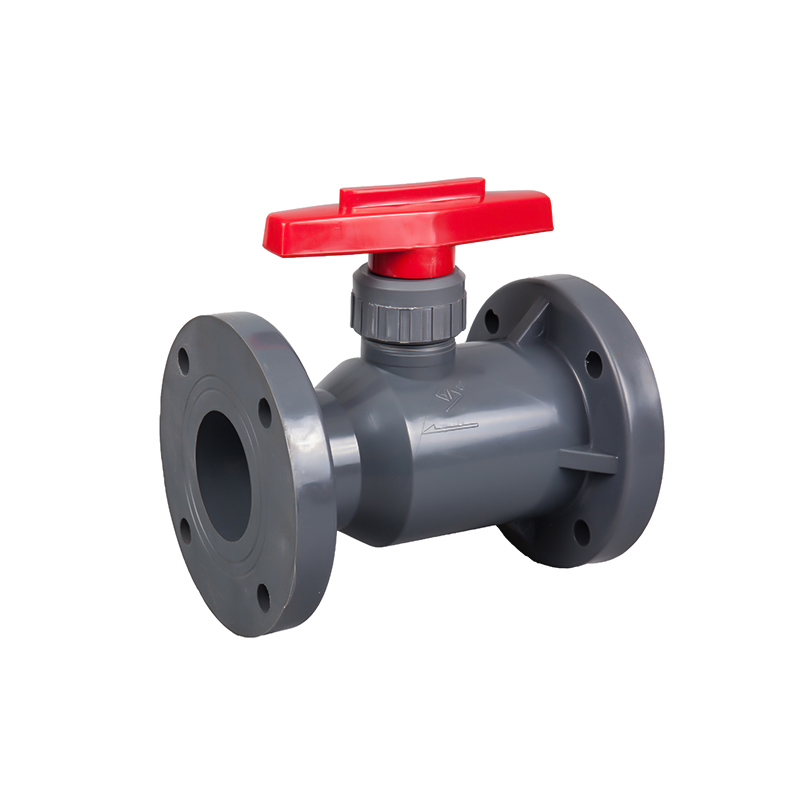Summary:
A ball valve refers to a type of quarter turn valve that utilizes a rotating, perforated and turning ball to regulate f...
A ball valve refers to a type of quarter turn valve that utilizes a rotating, perforated and turning ball to regulate flow in it. It is generally open when the opening ball of the valve is in line with the incoming flow and shut when it is pivoted ninety degrees by the valve seat. This valve does not require an external ballast because it is self-cleaning and self-vibrating.
There are basically two kinds of valves used in plumbing, ballast and fixed. Ballast valves can be of various shapes depending on their application and are mainly used in kitchen and bathroom sinks. Fixed flow control valve types use a rectangular plate, a flexible ring or a flat plate where the liquid passage is controlled via a valve stem located above the plate. The valve seat then moves into a flange at the top of the valve, thus closing the valve. The most commonly found types are slotted, screw threads, and captive nuts

Port
Ball Valve: Port ball valves are also referred to as single-handle, single-port or sealed-vent"ball valves because of its one fixed handle, which is the only moving part in the valve. This valve is usually found in domestic plumbing and is a very reliable valve for controlling water flow. It comes with a flexible rubber ring that rotates at its center, which allows for easy water flow. Port ball valves have varying flow rates depending on its diameter of spindle and its length. The smaller diameter has a higher flow rate than the larger ones. They're widely used in household plumbing systems where there is insufficient or no available space to install heavy-duty fixed-vent valves.
Three-piece Valve: The three-piece valve consists of two bowls that are secured by fastening the third piece to the base of the base with nuts or screws. The two outer bowls are normally made out of fiberglass. There are ball valves with three pieces that have flexible rubber seals that allow for easy control. However, three-piece valves are often found in commercial plumbing systems and are used mainly for controlling water flow. They are therefore more reliable than the single-piece varieties.
Slim Pipe Valve: The slim pipe valve stem is made up of a long pipe with a straight stem and a slender ball valve. It has a hole at its end and is therefore not susceptible to cross connection due to its relatively small diameter. The valve is often combined with other devices for greater efficiency such as a diaphragm. It's especially suited to use in conjunction with a gravity valve to regulate the water flow. Slim pipe valve stems are relatively small in diameter and are therefore suitable for plumbing applications where the valve assembly doesn't require too much room.
Gate Valve: The gate valve is another type of ball valve used for controlling water flow. It functions in the same way as the Slim Pipe Valve, but gates provide a more secure form of regulation than the former. They generally come in standard diameter, but custom-made gate valves are available as well. They are typically made out of either steel or brass although fiberglass gate valves are also becoming increasingly popular. They feature two holes that align with each other so that only a limited amount of water can pass through. They have no stem and are therefore best suited to single-person operations.

